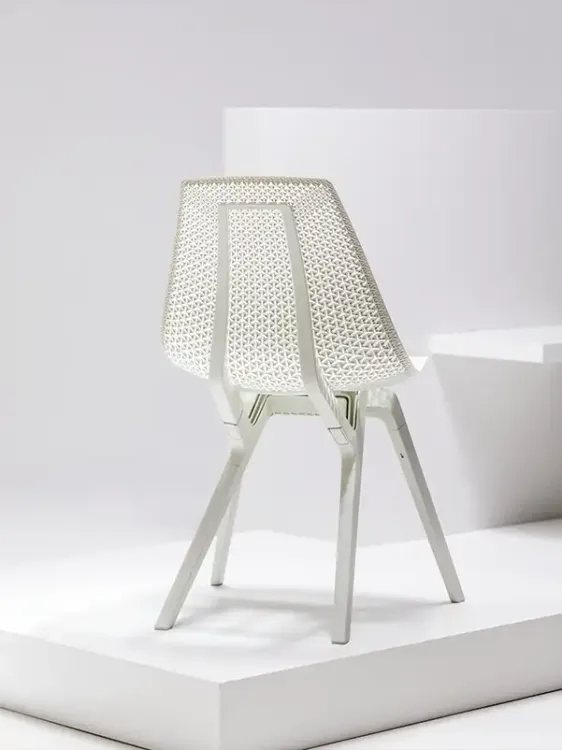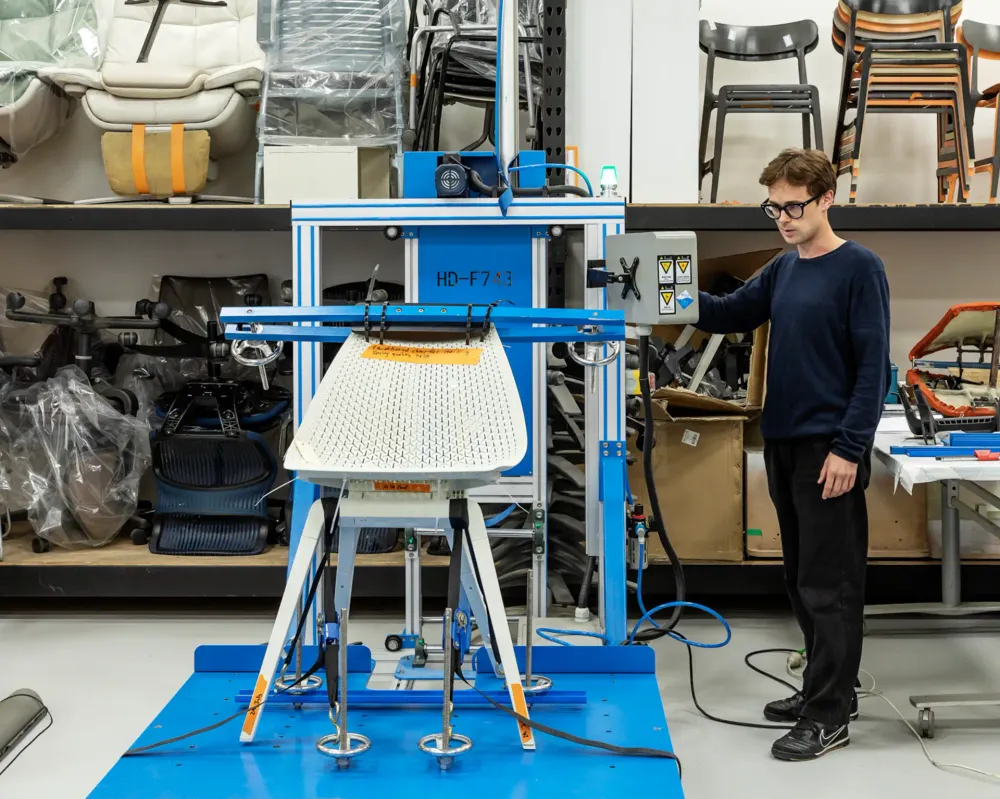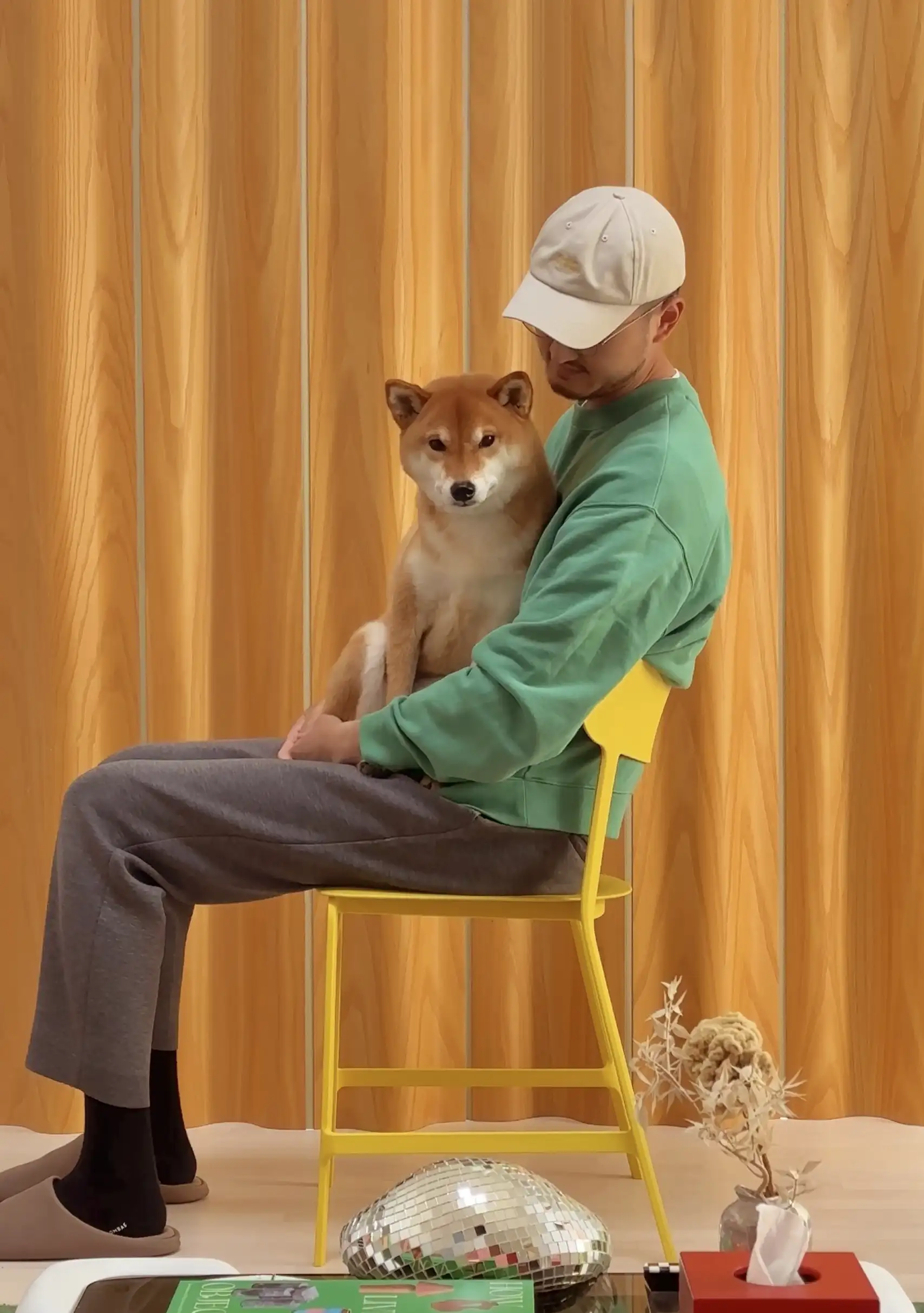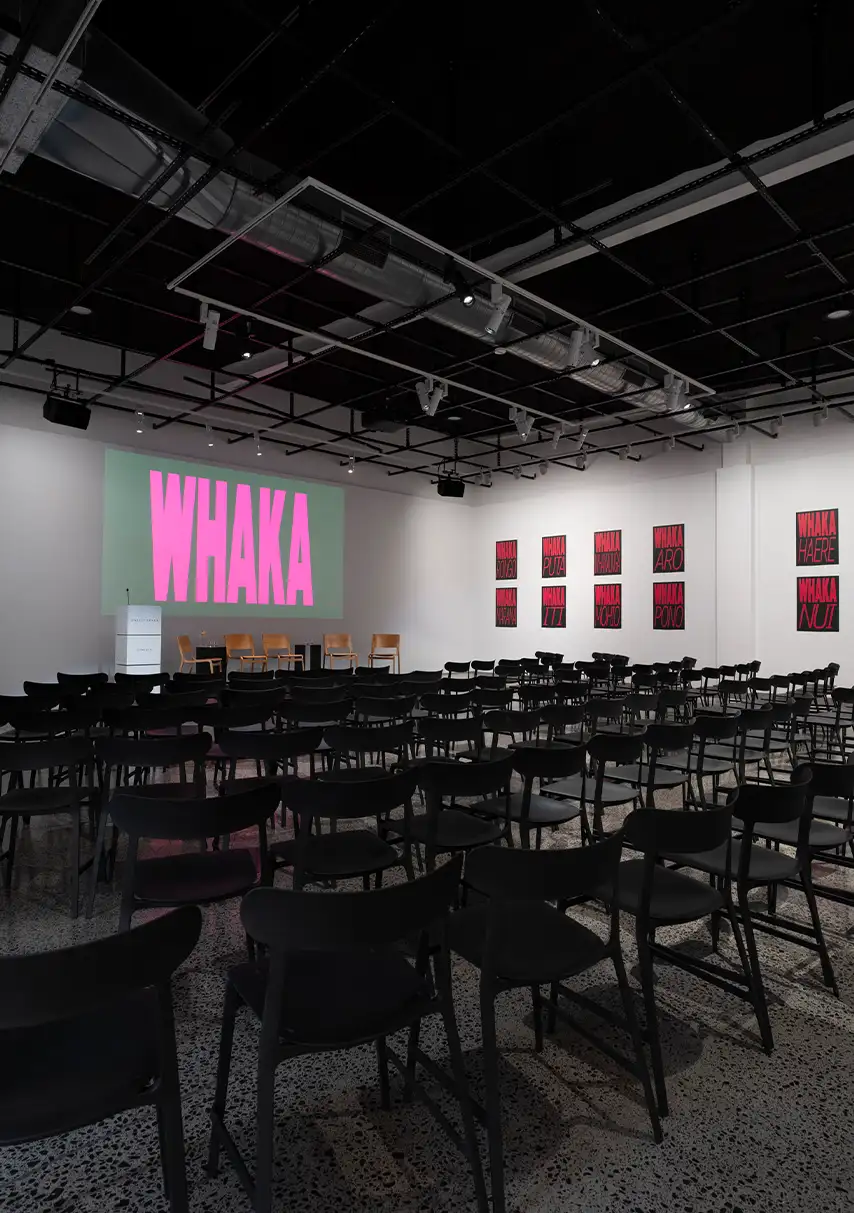Stories
Interview: Paul Stevenson on the Noho Move design process
Designing the Noho Move Chair was a three-year-long endeavour. Any journey that long is bound to be filled with stories—we talked to Paul Stevenson, Lead Designer from Formway for the noho move chair, about his experience leading a team to create a new-to-the-world product.
How long were you working on Noho Move?
I think we started working on Noho Move in 2014, and all up there were probably about three years of pretty intense design development, followed by two years of testing to meet furniture standards and get noho move ready for production.
–
That’s a long time to be designing one thing!
When you look back on it like this it is!
There must have been some challenges throughout that time, which ones stick out to you as particularly rewarding now that you’re on the other side of the project?
Two stick out for me. The first was during our research period. It wasn’t a challenge per se, but there was a feeling of uncharted waters there. Our brief was to bring ergonomic performance to the dining room—that isn’t really something anyone has done before. Our research had to understand what ergonomic support was required at the dining table. We know that you can't ask people what they need, you need to observe what the body wants and design something based on that. Then you can get people to sit in your designs and ask them if it works.
–
Tell me how you went about that?
For Noho Move, we went down the video observation route. We set up cameras inside volunteer’s homes to see how the dining table is used, and what postures people take when they’re there. We tried to pick a wide range of people to observe, big families, small families, ones with teenagers and toddlers, people who entertain, all sorts. What we found was that people moved a lot, but when you see a timelapse of that movement you notice how static dining chairs are. You’re sitting on something that doesn’t respond to you, it just stays still, static.

What else did the video research show you?
Aside from seeing how people wanted to move at the dining table, we saw just how many activities take place there. We started referring to the dining table as ‘the hub of the home’ because it really is. Homework, catching up over coffee, working on laptops, doing crafts with the kids—it all happens there—and in our video observation, we saw a real opportunity for an ergonomic chair that would move with your body to support all that, as well as dining.
–
So how did that idea/observation evolve? How did you start trying to add movement?
Well, we started building prototypes that had the types of movement we thought people would need. We saw a lot of leaning forward, toward the table, so we wanted to make the seat respond to that by tipping forward with you. Lots of times when people were talking they would lean back to listen, then lean in to speak, we know from our previous research that that movement is really healthy for your spine, so we wanted to integrate that as well. For us, the idea to create a singular seamless motion was key, we really wanted to tie the movements together, and that’s where the idea for the auxetic shell started to come in, it had to be flexible but still supportive to fit people of different shapes, sizes and ages.
–
You used video observation to test your prototypes too, right?
Yes! That was a really cool process actually. We set our prototypes up in people’s homes and filmed how they used them. We saw a lot more movement than before! We even attached accelerometers to the moving parts of the chair, which showed us how people moved during those activities and gave us some more hard data to validate our concept. We were able to map out someone’s motion and then see patterns in the postures they took during different activities.
That’s a lot of science for a chair!
It is, but that’s how we do it at Formway. We like research, and that usually uncovers a deeper opportunity to make a product that’s better for people.
—
You said there were two challenges to the design, what was the second one?
Yeah, so after we understood how people moved at the dining table, and what postures the chair needed to support, next came the challenge of putting that movement and those ergonomic features into a chair that people would want to have displayed in their home.
—
Because dining chairs don’t normally move, so they look simpler?
Exactly. Dining chairs often don’t have the fundamentals right either—proper lumbar support, and a seat that spreads pressure. So we had those constraints to consider, along with the movement we wanted to design into the chair. The challenge was making those ergonomic features look good in your house.
—
Well in the end it worked well! What are you proud of with the design of Noho Move?
We really wanted the chair design to be clean and simple so that it looks good at a dining table, but it still had to allude to the performance we had integrated. We wanted to show that it’s a moving, flexing, comfortable chair. I think we achieved that with noho move and I’m really proud of it.
—
So you should be! Thank you for sharing those stories with us!






